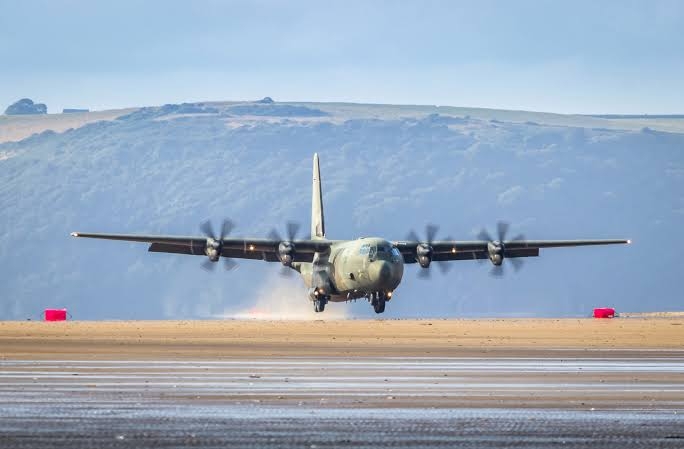The Algerian Air Force has received its first Lockheed Martin C-130J-30 Super Hercules tactical transport aircraft it ordered from Lockheed Martin in 2018.
The US Embassy in Algiers said on 23 January that the first aircraft had been delivered that day. It added that Algeria’s contract for four aircraft includes an option for four more, the contract value remains undisclosed.
The Super Hercules departed Lockheed Martin facilities in Greenville, South Carolina, and was noted by flight tracking providers on 21 January, and wearing the Algerian civil registration livery and registration 7T-WJA. It was later spotted at Bangor International Airport in Maine on its delivery flight.
It is reported that Algerian pilots and maintenance personnel have been receiving trained in the United States since 2020.
The new C-130J will join eight C-130H and six C-130H-30 Hercules transports, along with a single L100-30 which are in service with the 2ème Escadre de Transport Tactique et Logistique at Boufarik air base.
They have been in service since the early 1980s but two have been lost in crashes.
Algeria is the second C-130J Super Hercules operator in Africa after Tunisia received two aircraft in 2013 and 2014. Tunisia requested for two of the same aircraft on 6 June 2019, the total acquisition value stated by the Defense Security Cooperation Agency is $60 million.
Egypt will also receive twelve C-130Js in the coming year valued at over $2.5 billion.
The C-130J Super Hercules transport aircraft is the newest version of the legacy C-130, featuring a comprehensive upgrade with a redesigned fuselage, new engines, flight deck, and other systems. It is the only model currently in production.
It features a new Rolls-Royce AE 2100 D3 turboprop engines with Dowty R391composite scimitar propellers, digital avionics, head-up displays (HUD’s) for each pilot, and reduced crew requirements.
According to Lockheed Martins, these upgrades have improved performance over its C-130E/H predecessors, such as 40% greater range, 21% higher maximum speed, and 41% shorter takeoff distance.


